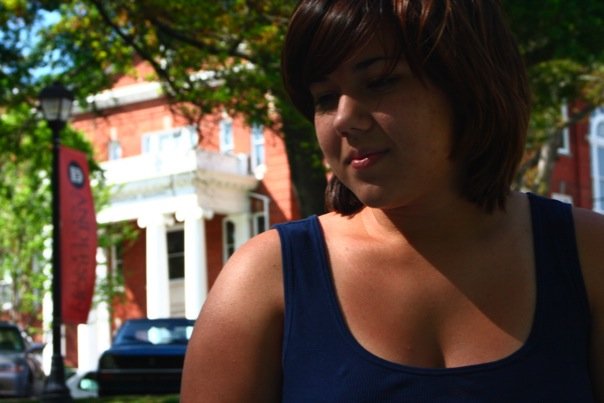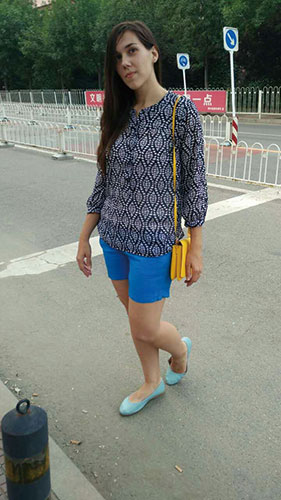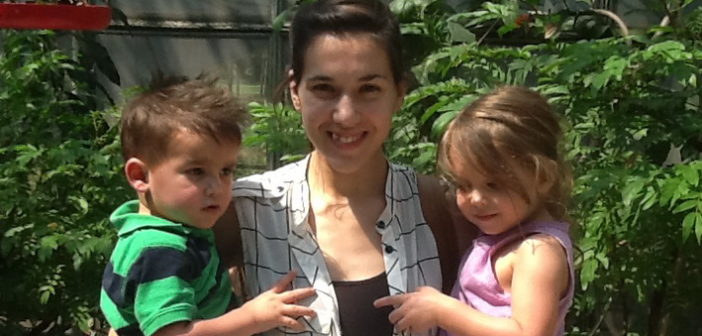I grew up in the Deep South in the United States, where finger-lickin’-good is a common food description. As a broad generalization, Southerners love frying battered meat in peanut oil then downing buttery bread with a big glass of sweet tea. Need your vegetable consumption for the day? Fry that okra and inhale every bud. Whole extended families will come together for “comfort food” and card or lawn games on lazy, hot Sunday afternoons.

This food culture, combined with the sprawl of Southern rural and suburban parts (we need a car even to get simple food items), created a very poor environment for my body. At the very top of the scales while in the US, I peaked at 100kg with an obese Body Mass Index (BMI) of 34.6 (believe it or not, the pictures above do not capture how large I was). As many in the South struggle with joint obesity denial, friends and relatives would reassure me that I was healthy, beautiful, and probably just big boned. I would try diets but soon fail. I just accepted that I would always struggle with weight, mood, and exhaustion.

When I moved to Beijing, I was shocked to discover I quickly lost 10kg (I wasn’t still at 100kg when I moved here)! The change of diet, the availability of more diverse farm foods, and the overall lifestyle change made a huge difference in my health. Now I’m at a much healthier BMI 23.3, and I have the luxury and freedom of concerning myself with how I feel and if I like how I look rather than numbers on a scale. I also can enjoy physical activities with my children and keep up with them as they run and play.
The premise for this issue is that food, health, and culture are all intricately intertwined. The food and lifestyle habits children learn from their families, schools, and cultures will most certainly affect their mental and physical health. According to the Health and Academic Achievement report published by the US Center for Disease Control and Prevention (CDC) in May 2014, numerous studies show a strong link that students’ nutrition and lifestyle directly impact academic achievement.
To help you find the right balance, we’ve packed food resources and recipes into this issue (p11 and p18), tackled some hard-hitting questions (p30 and p38), and given you some cultural food and health insight, especially valuable to new Beijing families (p42 and p46). Whether your family is going to chow down on a western or eastern dish this evening, I hope the experience nourishes every family member.
This article originally appeared on page 3 of the August 2016 Issue of beijingkids magazine. Click here for your free online copy. To find out how you can obtain a hard copy, contact distribution@truerun.com.
Photos: Vanessa Jencks




